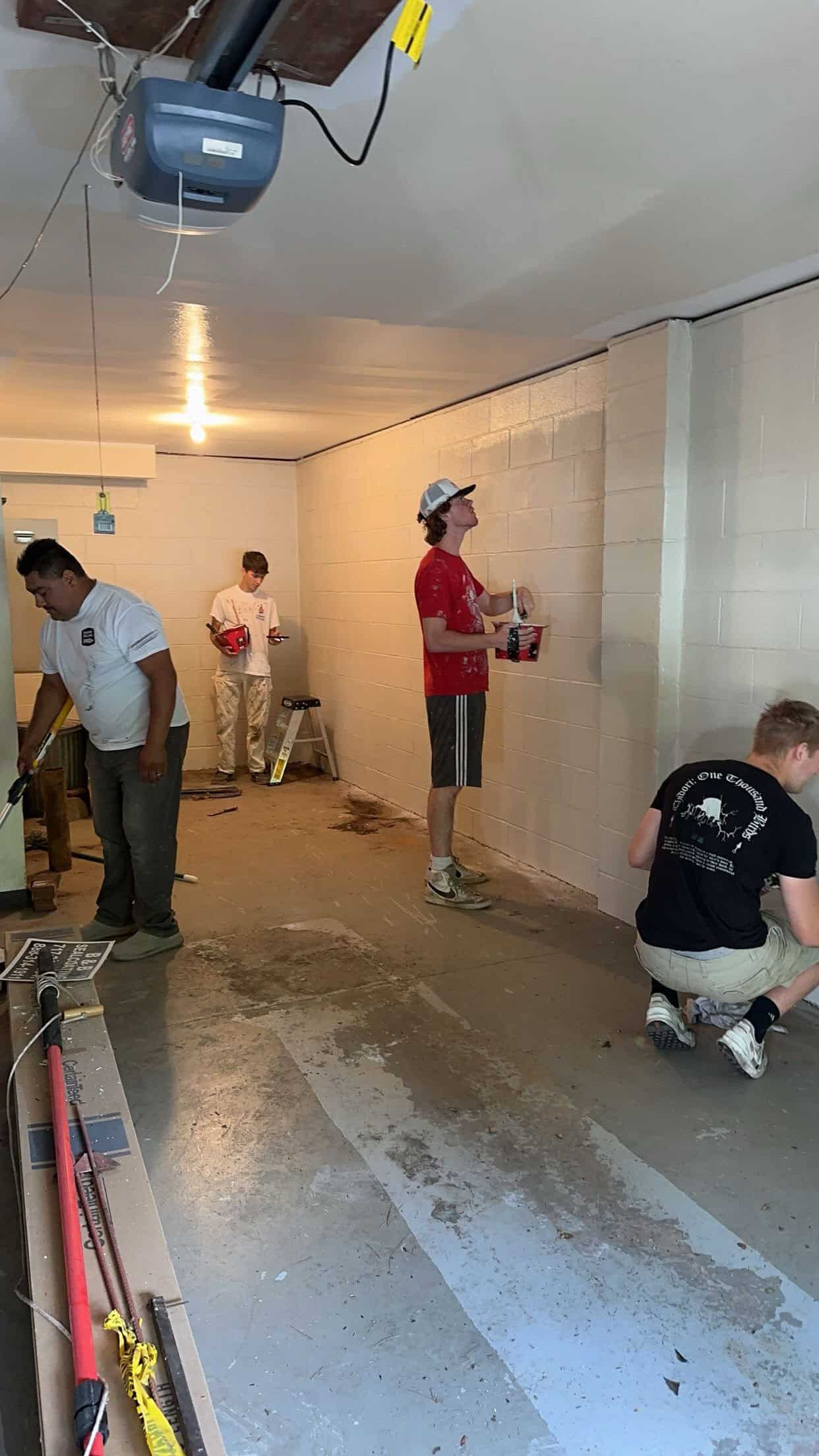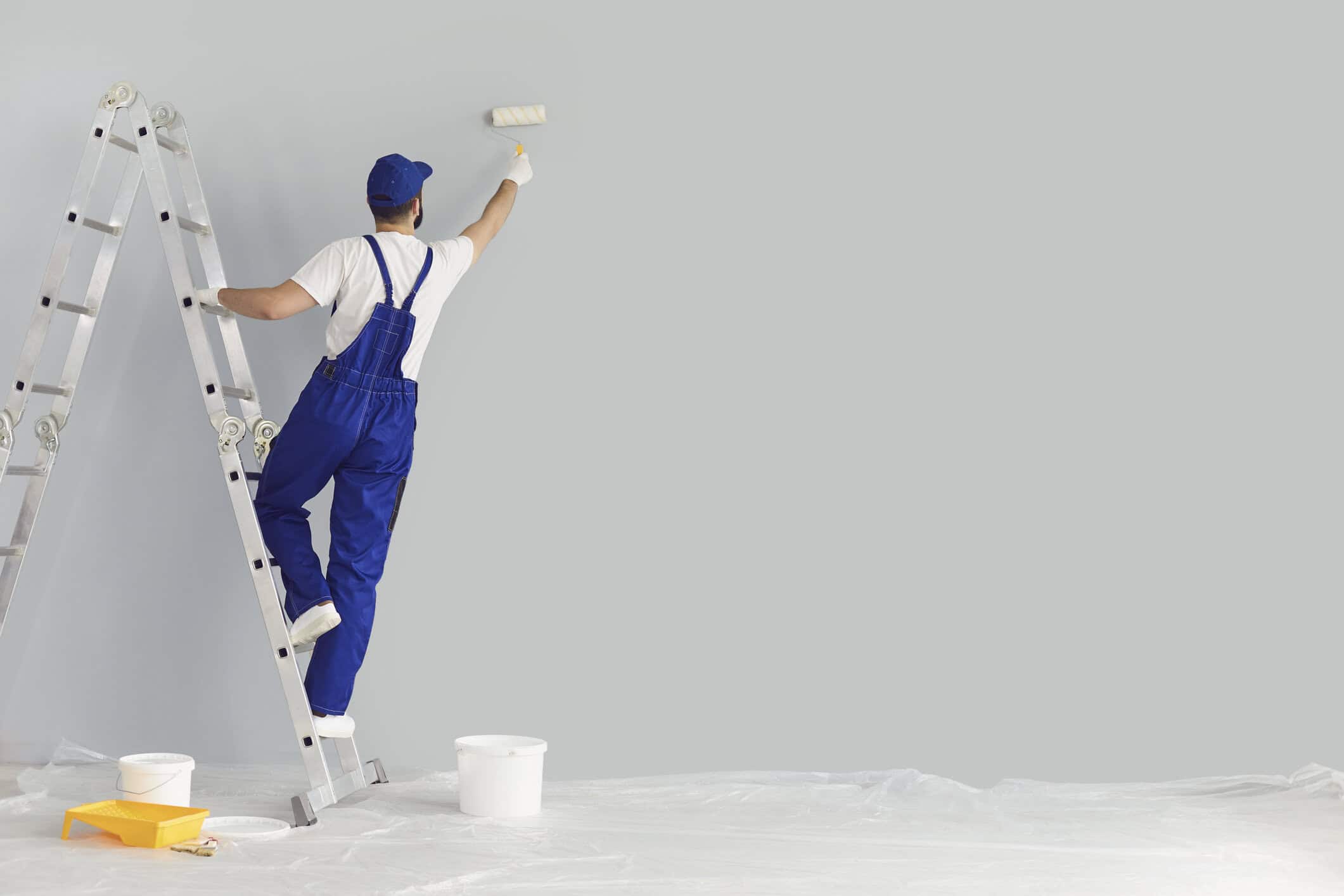Achieving a smooth, professional-looking wall finish is one of the most satisfying aspects of painting your home. However, many DIY painters encounter frustrating paint streaks, drips, or uneven patches that mar the final result. These streaks can make even a freshly painted wall look amateurish and detract from your interior’s overall appeal.
Fortunately, understanding the common causes of paint streaks and knowing effective techniques to fix and prevent them can help you achieve a flawless, streak-free finish. In this comprehensive guide, we’ll explore proven strategies to correct existing streaks and tips to prevent them during your next painting project.

Why Do Paint Streaks Occur?
Before diving into solutions, it’s essential to understand why streaks happen in the first place. Common causes include:
- Uneven application of paint: Applying too much or too little paint in certain areas.
- Poor-quality brushes or rollers: Using brushes or rollers that shed or don’t load paint evenly.
- Inconsistent technique: Overworking the paint or using improper strokes.
- Paint that’s too thick or too thin: Incorrect consistency can cause streaking or dripping.
- Lack of proper surface preparation: Dust, grease, or rough surfaces prevent paint from adhering smoothly.
- Environmental factors: Painting in extreme temperatures or high humidity can affect drying and finish.
Understanding these causes helps you adopt the right techniques to fix and prevent streaks effectively.
How to Fix Existing Paint Streaks
If you’re already dealing with streaks on your walls, don’t worry—there are several ways to correct the issue and restore a smooth finish.
1. Allow the Paint to Cure and Dry Completely
Before attempting fixes, ensure the paint is fully dry. Sometimes, streaks are more noticeable when the paint is wet or tacky. Wait at least 24 hours (or as recommended by the manufacturer) before making any corrections.
2. Lightly Sand the Affected Areas
Use fine-grit sandpaper (220 grit or higher) to gently sand over streaked areas. This helps remove uneven patches or brush marks. Be careful not to sand through the paint or damage the surface. After sanding, wipe away dust with a damp cloth.
3. Apply a Thin Coat of Paint
Using a high-quality brush or roller, lightly feather the area with a thin, even coat of the original paint. Use smooth, overlapping strokes to blend the repair with the surrounding wall. Avoid applying thick layers, which can cause more streaks or drips.
4. Use a Paint Conditioner or Additives
For stubborn streaks caused by thick paint or improper viscosity, mix in a paint conditioner or extender to improve flow and leveling. This can help the paint spread more evenly and reduce streaks.
5. Feather Out the Edges
When fixing streaks, feathering involves blending the repaired area into the surrounding wall to create a seamless finish. Use a clean, dry brush or roller to gently smooth out the edges.
6. Consider Repainting the Entire Wall
If streaks are widespread or difficult to fix, sometimes the best solution is to repaint the entire wall with a high-quality, self-leveling paint. This ensures a consistent, streak-free surface.
How to Prevent Paint Streaks in Future Projects
Prevention is always better than correction. Follow these tips to achieve a smooth, professional finish and avoid streaks altogether.
1. Prepare the Surface Properly
- Clean the walls: Remove dust, grease, and dirt with a mild cleaner.
- Sand rough areas: Lightly sand any imperfections or previous paint drips.
- Fill holes and cracks: Use spackle or filler, then sand smooth.
- Prime the surface: Use a primer suitable for your wall material to promote adhesion and even color.
2. Use the Right Tools
- Choose high-quality brushes and rollers: Synthetic brushes for latex paints, natural bristles for oil-based paints.
- Select appropriate roller nap: Short nap (1/4” to 3/8”) for smooth surfaces, longer nap for textured walls.
- Use a paint tray with a ridged screen: To remove excess paint from the roller.
3. Maintain Proper Paint Consistency
- Mix paint thoroughly: Use a stir stick or paddle to blend the paint evenly.
- Adjust viscosity if needed: Add a paint extender or thinner as recommended by the manufacturer to improve flow.
- Don’t overload your brush or roller: Dip just enough to load the tool without drips.
4. Apply Paint Correctly
- Use “W” or “M” strokes: This technique ensures even coverage.
- Work in manageable sections: Maintain a wet edge to prevent lap marks.
- Avoid overworking the paint: Too much brushing or rolling can cause streaks and brush marks.
- Apply multiple thin coats: It’s better to do several light coats than one thick layer.
5. Maintain Consistent Technique and Conditions
- Keep a wet edge: Always blend new paint into the wet edge to prevent visible lines.
- Maintain temperature and humidity: Ideal conditions are typically between 50-85°F with moderate humidity.
- Don’t rush: Patience allows each coat to dry properly, reducing streaking.
Final Tips for a Flawless Finish
- Use high-quality paint: Cheaper paints are more prone to streaking and uneven coverage.
- Don’t paint in extreme weather: Avoid painting in direct sunlight, high humidity, or low temperatures.
- Practice your technique: Run a test on a cardboard or hidden wall area to perfect your strokes.
- Allow adequate drying time: Rushing the process can cause streaks or smudges.

Conclusion
Paint streaks on walls can be frustrating, but with the right approach, they’re easily fixable. Whether you’re correcting a recent mistake or taking proactive steps to prevent streaks, proper surface preparation, quality tools, and careful application are key. Remember, patience and attention to detail will reward you with a beautifully smooth, streak-free wall finish that enhances your home’s aesthetic and adds to your sense of accomplishment.
By following these tips and techniques, you’ll be well on your way to achieving professional-looking results that will last for years to come. Happy painting!






